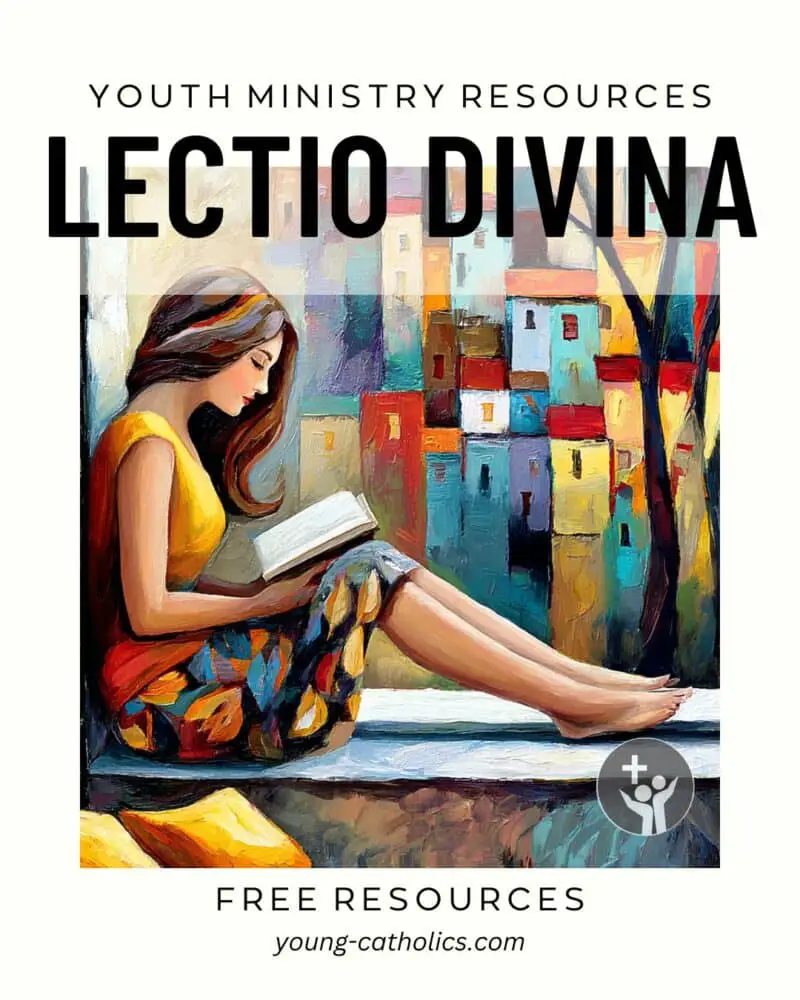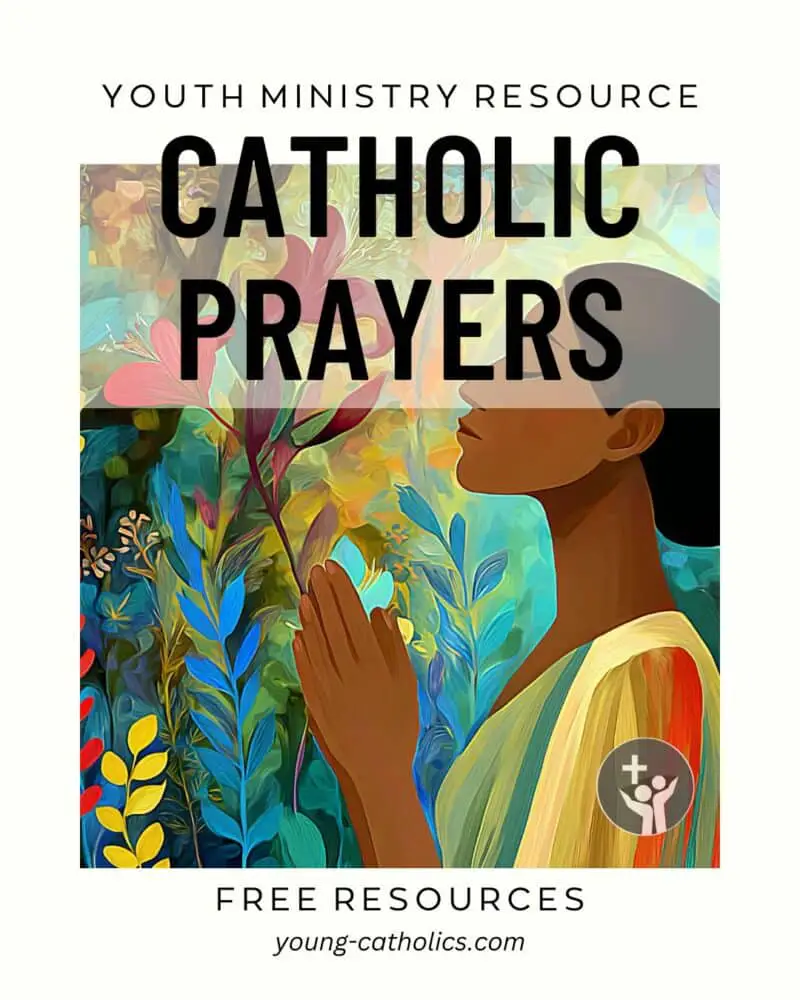Lectio Divina

Lectio Divina is a traditional Catholic prayer method. It involves reading and meditating on Scripture. It is a slow, thoughtful way of reading the Bible. It helps believers encounter God in a personal way.
This method has been practiced for centuries. It is used by many saints, monks, and laypeople. It is rooted in monastic traditions, where monks spent time with Scripture daily. Today, anyone can use this approach in their prayer life.
Lectio Divina includes four steps: reading, meditation, prayer, and contemplation. Each step focuses on deepening the relationship with God. It is not just about understanding the text but allowing it to shape one’s life.
This prayer is helpful for those who want a closer connection with God through Scripture. It is not about speed but patience. It invites the reader to slow down and listen to God’s voice. It is suitable for individual or group prayer.
Lectio Divina: Ancient Prayer with a Simple Format
Lectio Divina has deep roots in the early Church. It began with early Christians who used Scripture for daily prayer. Monks in the 3rd century adopted this method to grow closer to God. It became central in monasteries, especially among Benedictine monks. St. Benedict encouraged his monks to use this approach, emphasizing its role in spiritual growth.
By the 12th century, Lectio Divina had a clear format. It had four main steps: reading (Lectio), meditation (Meditatio), prayer (Oratio), and contemplation (Contemplatio). The purpose was to listen to God’s voice in Scripture and respond with an open heart.
The format of Lectio Divina is simple. It begins with reading a passage of Scripture slowly. The reader then meditates on a word or phrase that stands out. This is followed by praying about its meaning for their life. The final step is contemplation, where the person rests in God’s presence. Each step leads to a deeper awareness of God’s message.
Today, Lectio Divina is popular among laypeople, families, and parish groups. It is often used in Bible study groups and retreats. It remains a practical and meaningful way to pray with Scripture.
Christian prayer tries above all to meditate on the mysteries of Christ, as in lectio divina or the rosary. This form of prayerful reflection is of great value, but Christian prayer should go further: to the knowledge of the love of the Lord Jesus, to union with him.
Catechism of the Catholic Church 2708
Lectio Divina: Connecting Scripture to Catholic Teaching and Youth
Lectio Divina ties Scripture to key themes of Catholic catechesis. Themes like God’s love, mercy, forgiveness, and discipleship can all be explored through this prayer method. It helps bring Biblical stories to life, making them more real and personal. It helps young people see how God’s Word speaks to their everyday lives.
The Catechism of the Catholic Church says: “The Church forcefully and specifically exhorts all the Christian faithful… to learn ‘the surpassing knowledge of Jesus Christ’ (Phil 3:8) by frequent reading of the Scriptures” (CCC 133). Lectio Divina encourages this by guiding youth to slow down and listen carefully to the Bible. It helps them connect the lessons of Scripture to their faith journey.
In youth ministry, Lectio Divina offers a meaningful approach to prayer. It can be used in group settings or during retreats. Youth can share insights with each other, which builds community. It also encourages them to develop a personal relationship with God through Scripture. This helps strengthen their Catholic faith and prepares them to be active members of the Church.
Using Lectio Divina with themes from Catholic catechesis helps youth understand their faith better. It allows them to explore topics like the Sacraments, the Beatitudes, or social justice in a prayerful way. It makes Scripture an active part of learning and living the faith.
The Lectio Divina Method of Praying with Scripture
Opening
The first step in Lectio Divina is to become aware of God’s presence. The person praying should slow down and be still, focusing on God’s voice in Scripture. It is helpful to ask the Holy Spirit for guidance during this time of prayer.
Lectio
The next step is reading the Scripture passage. It should be read slowly, more than once. As the passage is read, the reader should pay attention to any word, phrase, or image that stands out. These can be noted in a journal or remembered. In a group setting, participants can share the words or phrases that caught their attention.
Meditatio
In this step, the reader thinks deeply about the word or phrase that stood out. They allow their thoughts to go wherever the word leads, even if it feels unexpected. Like any skill, Lectio Divina takes practice. It requires patience and persistence, but it becomes more meaningful over time.
Oratio
The reader listens for God’s message. They reflect on how the word or phrase connects to their life and feelings. Positive or negative emotions might prompt the reader to ask if something is drawing them closer to God or separated from God.
Contemplatio
They consider what God may be asking of them. Is there a call to change, forgive, take action, or grow in patience? If a specific action feels right, the person may choose to commit to it.
Closing
To end the prayer, it is good to offer a prayer of gratitude or a traditional prayer, such as the Our Father or Hail Mary. A simple sign of the cross can also be used to close.
More Resources

Divine Reading: A Lesson Plan on Lectio Divina
This lesson plan on Lectio Divina helps youth learn to pray with Scripture in a meaningful way. It encourages small group discussions, where everyone can share their insights and listen to different perspectives. The discussion questions guide participants to reflect on how the Bible speaks to their lives today. By focusing on specific words or phrases from the passage, youth can consider how God may be calling them to change or grow. Sharing in a supportive group setting helps youth feel connected and better understand the practice of Lectio Divina. This lesson plan makes Scripture a personal part of prayer.

Prayer Before Reading the Bible
The Bible is not just an old book—it is alive, and God wants to speak to us through it. Before reading Scripture, Catholics often pray for the Holy Spirit’s guidance. This traditional prayer asks God to open our hearts to His message. For beginners, having a structure can help when praying with the Bible. The Lectio Divina method is a simple approach that involves reading, meditating, praying, and contemplating. Another way to pray with Scripture is by using your imagination, placing yourself in the scene. Both methods can help you become more open to hearing God’s voice through His Word.

More Catholic Prayers
If you want to find more ways to pray, visit the Catholic Prayers page on our site here. It offers a collection of traditional and modern prayers. You’ll find the Lectio Divina prayer, as well as other prayers for different times and needs. These include morning prayers, evening prayers, and prayers for specific situations like exams, illness, or difficult decisions.
This resource is helpful for personal prayer, family prayer, or youth group meetings. Whether you are new to prayer or looking to deepen your routine, this page has many ways to connect with God through prayer.
Questions and Answers for Lectio Divina Prayer
What is the Lectio Divina prayer?
The Lectio Divina prayer is a way to pray with Scripture. It involves reading, meditating, praying, and contemplating a Bible passage. It helps people listen to God’s Word and understand its message for their lives.
How do you do the Lectio Divina prayer?
The Lectio Divina prayer has four steps. First, read a Bible passage slowly. Then, meditate on a word or phrase that stands out. Next, pray about its meaning for your life. Finally, contemplate by resting quietly in God’s presence.
How long does the Lectio Divina prayer take?
The time can vary. Some people spend 10–15 minutes. Others may take up to 30 minutes or more. It’s best to go at your own pace.
Can the Lectio Divina prayer be done in a group?
Yes, the Lectio Divina prayer works well in groups. Each person shares the word or phrase that stands out. Group members can also discuss how the Scripture speaks to them. It builds community and deepens faith.
Is the Lectio Divina prayer only for adults?
No, the Lectio Divina prayer is for all ages, including youth. It helps young people connect with God through Scripture. It can be used in family settings, youth groups, or religious education classes.
Do I need a special Bible for the Lectio Divina prayer?
Any Bible version is suitable. Choose one that you can read and understand easily.
Conclusion
The Lectio Divina prayer is an ancient Catholic way of praying with Scripture. It invites the person praying to slowly read a Bible passage and listen for God’s message. It is a prayerful approach used by monks, saints, and everyday Catholics for centuries.
The Lectio Divina prayer has four simple steps: reading, meditation, prayer, and contemplation. The first step is reading a Bible passage slowly. The second step is meditating on a word or phrase that stands out. The third step is praying about how it applies to your life, while the fourth step is contemplating by resting in God’s presence.
This prayer is for everyone—adults, youth, families, and groups. It can be done at home, in church, or in a group setting. It helps deepen faith and makes Scripture part of daily life. It is flexible in time and approach, making it suitable for all prayer journeys.
Your Turn
Try the Lectio Divina prayer and see how it works for you. It is a simple but meaningful way to pray with Scripture. You can do it alone, with family, or in a group. Just start by reading a short Bible passage and follow the four steps.
After trying it, let us know how it went. Share your thoughts and experiences in the comments section. Did a specific word or phrase stand out to you? Did the prayer help you in any way? We’d love to hear from you!


Leave a Reply